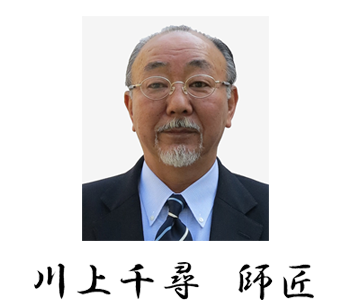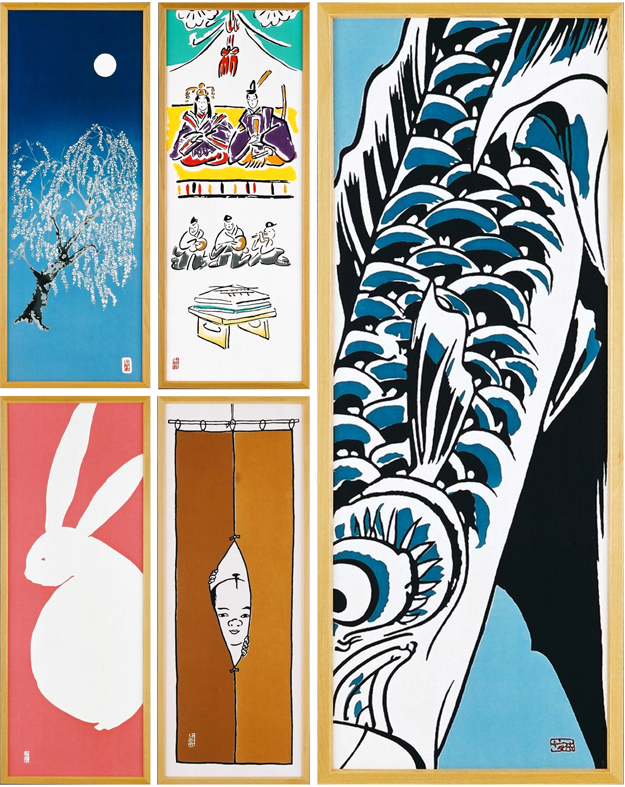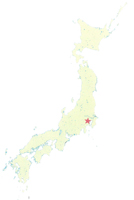Textile design-Edo Era
Master Chihiro Kawakami
 | Textile designer Chihiro Kawakami was born in 1949 to a family of Tenugui makers, the Japanese version of a hand towel. Throughout his childhood, he watched his father’s work of designing and making Tenugui and at the age of 20, he entered an apprenticeship under his father, Keiji Kawakami. In the end of the 17th century. Tenugui became popular among ordinary people in Edo, current Tokyo, and was worn as an accessory during rituals. In 1874, near the end of the Edo Era (1603-1868), Tenugui Awase was published. Together with his father, Master Kawakami has resurrected the textile designs of Tenugui Awase, and their store Fujiya sell the Edo-designed Tenugui as contemporary merchandise. |
ARTWORK

Japanese tenugui is a thin, cotton towel. Typically, around 14 by 35 inches in size and plain woven, the fabric is dyed with a design pattern. Although most commonly made to be used as a handkerchief, the Tenugui is often worn as a belt or a head cover. Because of the beautiful artwork on the towels, many display the Tenugui as wall art, either encased in glass or hung from scrolls.

 | Master Chihiro Kawakami Tokyo JAPAN instagram.com/tenuguifujiya (Japanese Language only) Email: tenugui-fujiya@jcom.home.ne.jp |
JCD with Master Chihiro Kawakami
